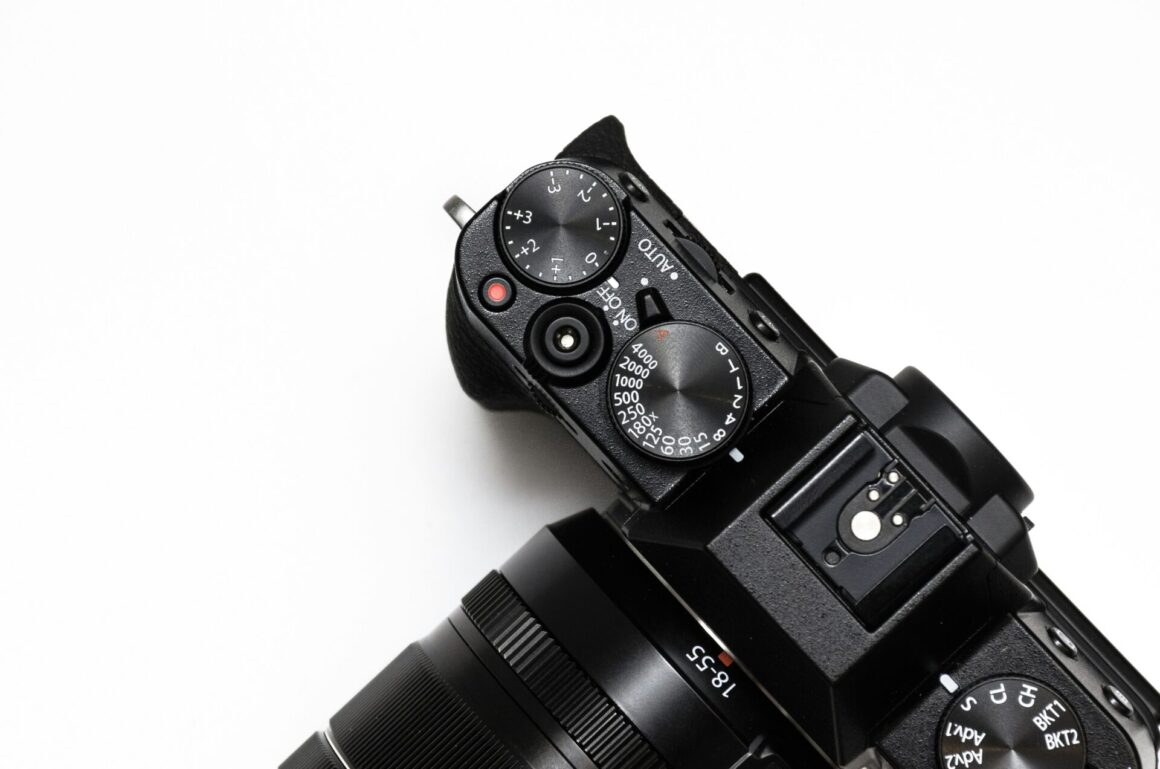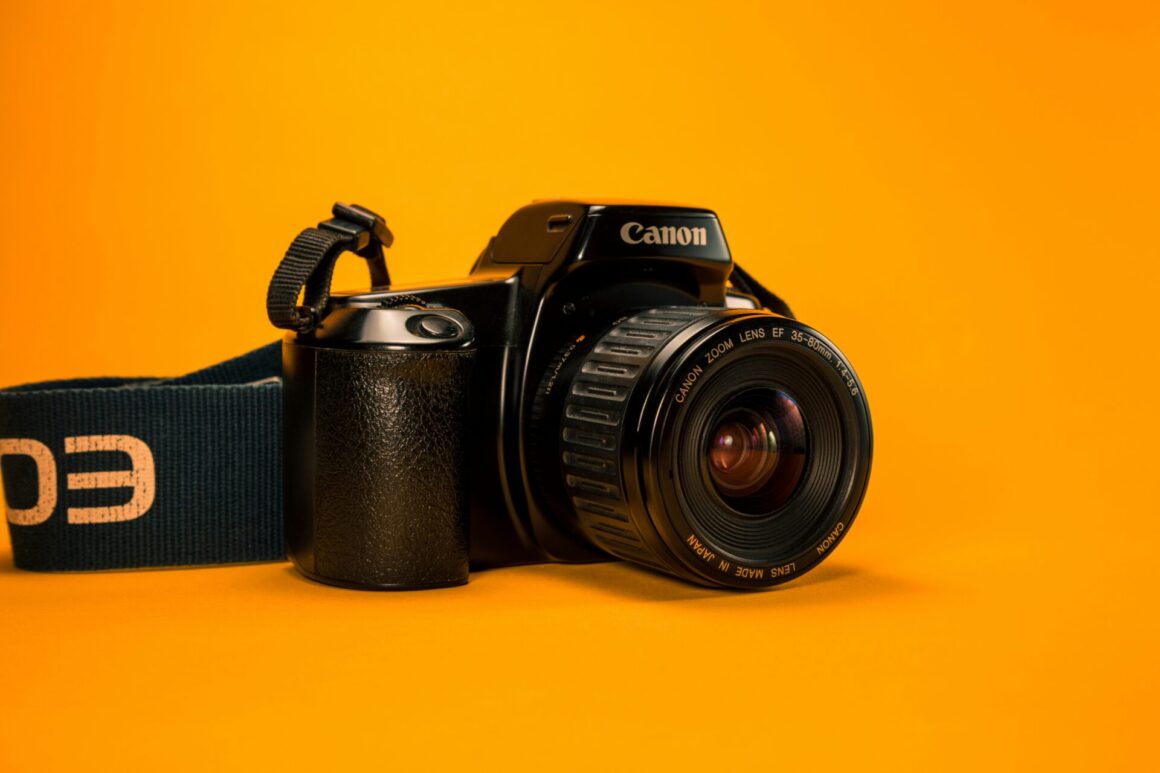
A photograph can hold a life. A quiet moment between siblings, a fun family outing, a face remembered for its smile. These images shape how we see ourselves. They are no longer just documents of the past but design materials in their own right. More creators now treat photographs as emotional architecture, not decoration. This shift defines a movement that you might call designing with memories.
The Rise of Memory‑Driven Visuals
The visual world once valued clarity and perfection. Clean lines, perfect lighting, and uniform palettes dominated print and screen. Yet something began to feel empty in all that polish. Designers started turning back to the grain, the blur, the faded tint of old film. They found the truth there. People wanted to see lives reflected, not staged scenes.
You can see this in how brands now present themselves. Advertisements often show family kitchens or childhood snapshots instead of models. Even digital campaigns use personal photographs that seem almost accidental. The imperfections add weight. They tell you someone lived this moment. That emotional pull has made memory the new design material.
Digitizing Your Family Memories
Old photographs decay. Paper curls. Ink fades. The move to digital preservation is not only practical but emotional. It lets you carry a century of family stories in your pocket. The process starts with scanning prints and negatives at high resolution, naming each file clearly, and storing them safely in the cloud. This protects the image and makes it usable in design projects across media.

By digitizing your family memories, you can use simple tools to preserve entire histories. Once digital, the photos can be integrated into print layouts, gallery walls, or website backgrounds. They become flexible design elements without losing their soul. Designers can adjust size or tone without distorting truth. Each scan is both an archive and a resource.
Still, digitization must respect context. A photo of a wedding or a birthday is not a neutral object. It carries privacy, relationships, and emotion. Every image used in a project must have consent and understanding. The ethics of memory are part of its design.
What Personalized Photography Looks Like
Personalized photography does not try to impress. It seeks recognition. The viewer sees themselves or someone they know. Designers now use client archives, community projects, and private photo libraries as source material. Homes feature prints of ordinary days framed as art. Websites use family albums as a visual identity. The power lies in the story behind each image.
This aesthetic also values restraint. The photo speaks for itself. Designers curate rather than manipulate. They crop lightly, adjust tone gently, and let emotion lead composition. The result feels honest. It is less about color theory and more about connection. Through this approach, designing with memories becomes an act of empathy.
Craft and Technology in Memory Design
Working with memory requires care. Every step of the process affects authenticity. Photographs must be preserved but not sterilized. Scratches, film borders, or notes in the margin remind you that someone touched this object. Keeping those details keeps the memory alive, and reflects your personality.
Designers now rely on technology that respects rather than erases imperfection. Scanners with color‑restoration tools help bring old prints back to life. Software can correct exposure while keeping grain intact. Photobooks and digital galleries make curation simple, but the best results still depend on a human sense of emotion. The goal is not just technical accuracy. It is honesty.

This is where many projects falter. Over‑editing turns memories into products. It flattens the feeling into a surface. A thoughtful designer knows when to stop. Leaving an image slightly uneven can reveal more than any filter ever could.
The Emotional Weight of Design
When design reaches into personal history, it becomes intimate. People respond to what feels human. A photograph of a mother’s kitchen from 1984 can stir more emotion than the most advanced 3D rendering. Designers are learning to use that emotional response carefully. It must support the message, not exploit it.
In advertising, memory can build trust when handled truthfully. A campaign that includes real user images shows humility and authenticity. In architecture and interior design, clients now request photo installations that preserve lineage. Offices display founders’ early workshop photos. Restaurants hang images of local farmers. These choices root a space in experience. They say, this story matters.
Yet emotion can overwhelm if used without structure. The task is to frame nostalgia, not drown in it. Balance comes from pairing personal imagery with disciplined composition. The photo holds the feeling; design gives it order.
Cultural and Aesthetic Shifts
Photography has always followed culture. The shift from darkroom to smartphone changed not only technique but meaning. Billions of personal photos now exist, most never printed. Designers stand between this flood of memory and its expression. Their challenge is to turn abundance into clarity.
Personalized photography also reflects a reaction to digital sameness. When everything looks alike online, individuality gains value. Using personal archives restores that individuality. It humanizes design. For younger generations, this practice becomes a way to claim heritage in a globalized world. For older generations, it preserves stories that might otherwise fade.
Design education is beginning to respond. Courses now include memory studies, vernacular photography, and family‑archive design. Students learn that images are not just aesthetic material but cultural evidence. This understanding builds a new aesthetic vocabulary that prizes sincerity over spectacle.
The Future of Design
The tools will evolve, but the basic impulse that drives creativity won’t change. Designers already work on augmented‑reality albums and generative systems that remix personal archives. And that’s just the surface. Tech is always changing, but the human core is what’s actually important.
For example, AI can now colorize black‑and‑white photos with insane precision. It can even fill in torn edges on badly digitized photos. But these tools aren’t the future of memory design — that will depend on how humans use such tools.
Designing with memories will not fade as a trend. It will grow deeper. As people look for meaning in visual culture, they will turn to what feels real. The photograph, fragile yet enduring, will stay at the heart of that search.
The Bottom Line
The new aesthetic is one of presence. It respects imperfections and values intimacy over spectacle. Whether in print, digital design, or physical space, the goal remains the same: to remind us who we are and where we came from. The movement toward designing with memories is not nostalgia. It is recognition that meaning lives in the moments we choose to keep.



